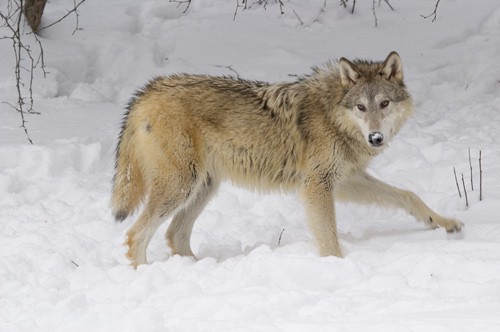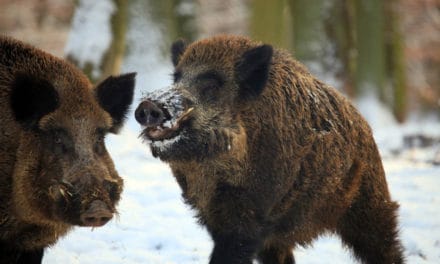By Eileen Majors
Wolves have been discovered in California once again. Both the Shasta Pack and now the Lassen Pack have been officially identified by wildlife officials for inhabiting specific areas in NorCal. The Shasta Pack consisted of a breeding pair with five pups in 2015. While their whereabouts is unknown, one of the pups was detected in northwestern Nevada in 2016.
The Lassen Pack consists of a male, a female and three pups, which have been photographed on remote trail cams in western Lassen County. The adult female was collared and is being tracked. The Lassen Pack regularly traverses public and private lands, including industrial timberlands.



WOLF FACTS:
• The first confirmed breeding pair of wolves that returned to California produced five pups in eastern Siskiyou County in 2015, and are known as the Shasta Pack.
• Wolves have been named as an Endangered Species.
• In early May of this year U.S.Forest Service biologists confirmed evidence of recent wolf presence in the Lassen National Forest.
• Wolves are carnivores and prefer to eat large, hoofed animals.
• Wolf attacks on humans documented in North America include two; one near a remote fishing village in Alaska and one in the woods of northern Saskatchewan. One was a jogger, one a hiker.
• Prior to their recent arrival, the last known California wolf was reportedly shot in Lassen County in the 1920’s.
• On June 4, 2014 the California Fish and Game Commission elected to list gray wolves as endangered under the California Endangered Species Act.
The state act prohibits the “take” of listed species, which is defined as hunt, pursue, catch, capture, kill, or attempt to do any of these things.
What’s The Difference Between a Coyote and a Wolf?

COYOTE
Weight: 15-45 pounds
Footprint: 2 x 2 1/2”
Size: 4’ long & 1.5’ tall
Shoulder Height: 1 1/2 feet
Color: light grey/ brown
Ears: tall, pointed
WOLF
Weight: 70-130 pounds
Footprint: 4”x 5”
Size: 6’ long & 2.5’ tall
Shoulder Height: 2 1/2 feet
Color: light grey to black
Ears: short, rounded

Currently Gray wolves are listed as endangered, both in the state and federally. Their management in California is guided by endangered species laws as well as CDFW’s Conservation Plan for Gray Wolves in California, finalized in 2016. Wolf management in California include CDFW’s goals for conserving wolves and minimizing impacts to livestock producers and native ungulates.
Facts and trail cam photos courtesy dfg.ca.gov












